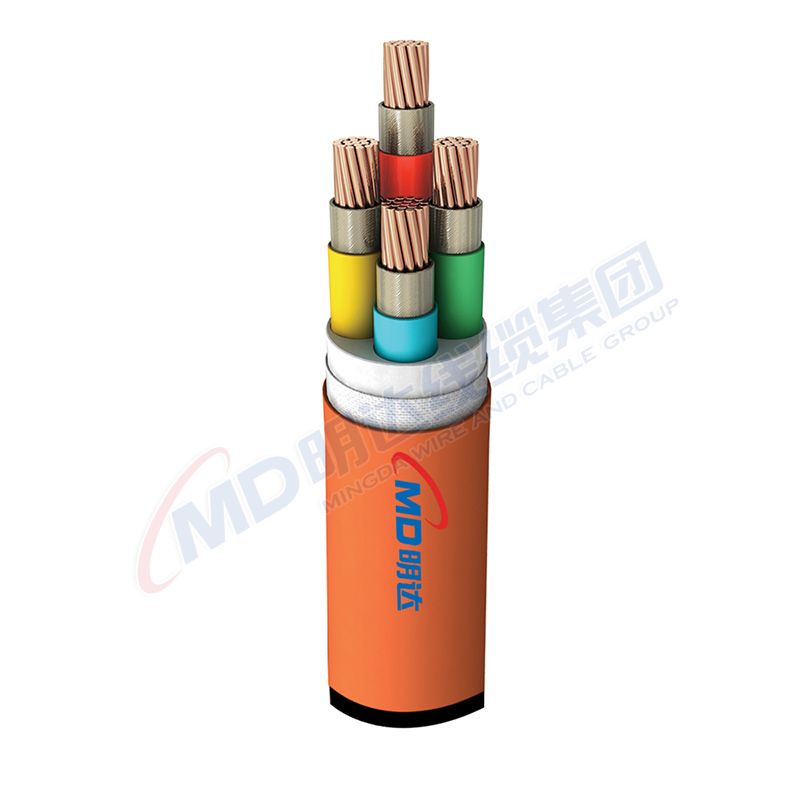Sep . 22, 2024 13:01 Back to list
wafer type butterfly valve
Understanding Wafer Type Butterfly Valves A Comprehensive Overview
Wafer type butterfly valves are essential components in modern fluid control systems, widely used across various industries due to their compact design, lightweight structure, and efficient flow control capabilities. These valves are particularly renowned for their flexibility and effectiveness in managing the flow of liquids and gases in pipelines.
A wafer type butterfly valve consists of a circular disc or “butterfly” that rotates around a central axis. The valve is designed to be installed between two flanges, making it ideal for applications where space is limited. This design contrasts with other valve types, such as lug or flanged valves, which typically require additional space and installation complexity. Wafer butterfly valves provide significant benefits, including reduced weight and cost, straightforward installation, and ease of maintenance.
One of the primary advantages of wafer type butterfly valves is their ability to provide tight sealing when closed. This is achieved through the use of effective elastomeric seals or other sealing materials. These valves can handle a wide range of pressures and temperatures and are suitable for a variety of media, including water, steam, and various chemical substances. Their adaptability makes them a popular choice in industries such as water treatment, power generation, food and beverage processing, and HVAC systems.
wafer type butterfly valve

In terms of operation, wafer type butterfly valves can be manually operated or automated using electric or pneumatic actuators
. Electric actuators are especially beneficial in applications that require precise control, while pneumatic actuators provide quick response times and are ideal for high-speed operations. Selecting the right actuator is crucial to ensure optimal performance and efficiency in a given application.The materials used in wafer type butterfly valves also play a crucial role in their performance. Common materials include cast iron, stainless steel, and other alloys, which allow for endurance against corrosion and wear. For instance, stainless steel valves are preferred in corrosive environments, while cast iron valves are often used in less aggressive applications due to their cost-effectiveness.
Despite their advantages, users should be aware of potential limitations. For instance, wafer type butterfly valves are not always suitable for throttling applications, as they can lead to cavitation and erosion over time. Proper sizing and selection are essential to ensure that the valve can handle the specific pressure and flow requirements of the system.
In conclusion, wafer type butterfly valves are indispensable in fluid control applications, distinguished by their compact design, efficiency, and versatility. Understanding the operational principles, material considerations, and suitable applications can help engineers and operators make informed decisions, ensuring optimal system performance and longevity. As industries evolve and demand for efficient fluid management increases, the role of wafer type butterfly valves will undoubtedly continue to grow.
Share
-
Reliable Wafer Type Butterfly Valves for Every IndustryNewsJul.25,2025
-
Reliable Flow Control Begins with the Right Ball Check ValveNewsJul.25,2025
-
Precision Flow Control Starts with Quality ValvesNewsJul.25,2025
-
Industrial Flow Control ReliabilityNewsJul.25,2025
-
Engineered for Efficiency Gate Valves That Power Industrial PerformanceNewsJul.25,2025
-
Empowering Infrastructure Through Quality ManufacturingNewsJul.25,2025